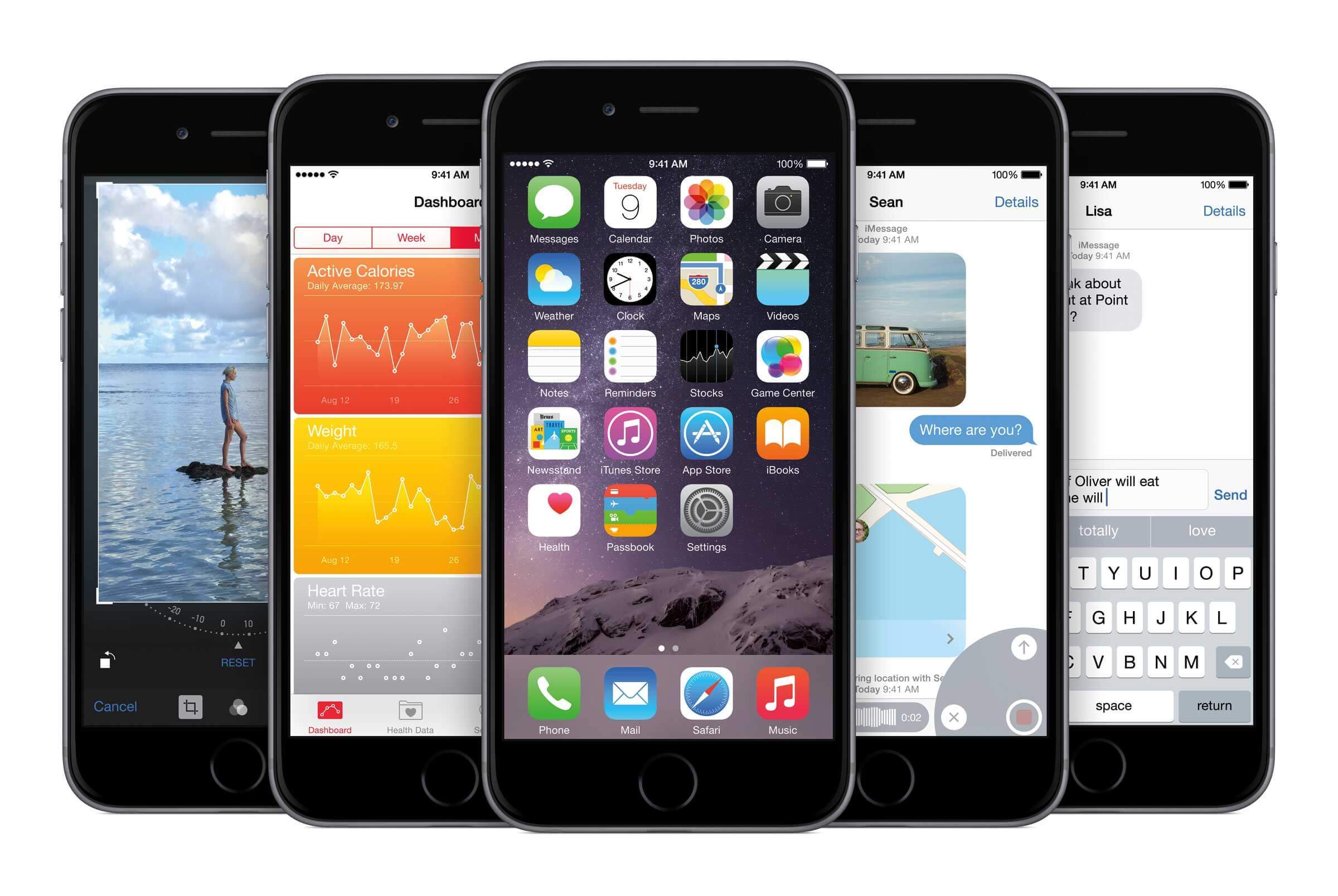According to the App Store Distribution page, iOS 8 is now on 52% of users’ devices.
This gradual increase (about 5% over the last three weeks), will be a relief to Apple – the company has already published figures that show adoption of iOS 8 behind that of iOS 7, which saw a meteoric success, reaching the same 52% adoption in one week alone – almost six times faster than its predecessor.
Read more: iOS 8 adoption far behind iOS 7 release
The lag has represented the flipside to the success of the iPhone 6, which has been the company’s best-selling phone to date. While iOS 8 is doing well, it hasn’t shattered expectations, and has even led Apple to combine the adoption of both operating systems to show their success; Apple’s Software Engineering SVP Craig Federighi recently described 94% of users as being on an operating system that has shipped in “just over the last year”.
See: What’s stopping people installing iOS 8.
There are a whole host of reasons why nearly half of users are hesitant to upgrade, including early patches that came with their own problems (8.0.1) and the sheer amount of space required to fit the update on a phone. If you are in the latter category, take a look at our handy guide to upgrading to iOS 8 without using up space on your phone.
Perhaps some users are just waiting until the OS is more or less bug-free, particularly in regards to the Health app’s features, which saw blood glucose monitoring recently disabled due to a bug.

